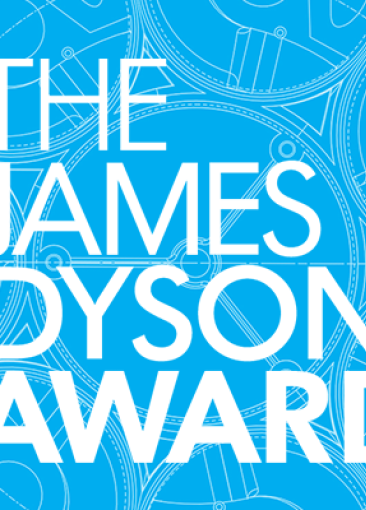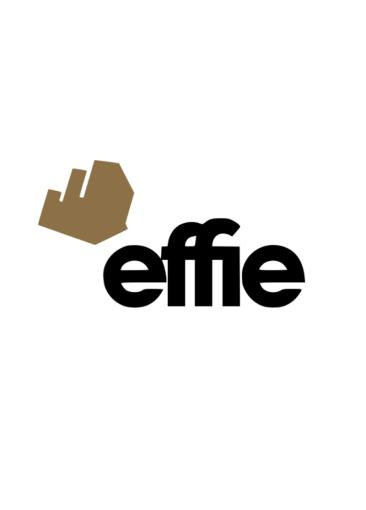This chapter analyses a theatre performance of The Kite Runner performed at the Birmingham Repertory Theatre in 2014. Borrowing Walter Benjamin’s concept of ‘aura’ interpreted as a way of ‘getting closer to things’, I propose that Matthew Spangler’s adaptation of Khaled Hosseini’s novel establishes a ‘genuineness’ to an Afghan culture. In Spangler’s attempt to avoid being culturally offensive, his stage adaptation remained ‘truthful’ to the novel, a form of fidelity to the source.
This paper examines the reflection on artwork created by four educators, of two postgraduate art psychotherapy training programmes from two distinct cultural and geographic parts of the world, the UK and Singapore, during an overseas student trip. This trip was part of a partnership activity between institutions to develop an intercultural experience between staff and students of both places.
Uncanny' works by a number of contemporary artists are analysed in relation to the themes and insights of both cybernetics and existentialist philosophy. This reveals that central ideas from these largely neglected fields remain current and potent within innovative art practices. Artists employ cybernetic systems to provoke aesthetic sensations of the uncanny, while simultaneously encapsulating existentialist concerns. Pierre Huyghe's mysterious installation responds to the life-breath of visitors to mutate human cancer cells.
This paper addresses the current challenges of using KPIs to measure the impacts of the arts, against a framework of what it means to do ‘performance measurement’ for arts organisations.
The Report of the Advisory Council on Culture and the Arts (ACCA) released in 1989, is widely seen as the signature document which laid the path for Singapore’s arts development in the late 20th century. It can also be seen as a logical offshoot of the Singapore government’s economic strategy which had undergone a serious review in the wake of the recession of 1985. Consequently, the “services sector” (which included the arts) was identified as a potential future growth engine for Singapore.
"Fashion content has in recent years become an open access for all to comment and contribute, becoming a language of ambiguity, fixed in rigid social and cultural roles. For many years now, it has been described by many theorists, sociologists as a complex language.
Social innovation involves the convergence of human involvement and contemporary society, positioning design practice as a cocreative trajectory towards implementing significant and meaningful change. The social innovation concept has expanded the scope of design’s role in society by means of fostering transparency and community involvement to produce contributions extending beyond the individual designer to impact culture and society.
This exercise is part of a book on experiential approaches to the teaching of Human Resource Management. Specifically, in the teaching of performance appraisal, this activity fulfils three purposes: (i) for students to critique the effectiveness of an existing appraisal system; (ii) for students to suggest a set of criteria for performance evaluation; and (iii) for students to construct measurable performance indicators.
Donald Norman (2010), in his article titled Why Design Education Must Change, advocated an interdisciplinary approach in design pedagogy that allows us to nurture “[…] new kinds of designers, people who can work across disciplines […].” In order for designers to function effectively in the increasingly complex society we live in, it is imperative that they operate in interdisciplinary teams, to collaborate and coordinate with experts from different fields. This implies that designers will need to be equipped with project management and teamwork skills.
“If you do not deploy design thinking, you are working for yourself.” Neal Cross, Managing Director and Chief Innovation Officer of DBS Bank, at Singapore DesignWeek 2017.



